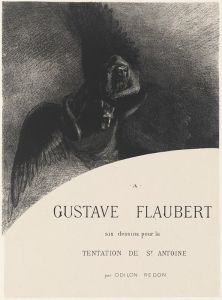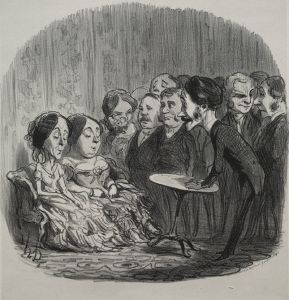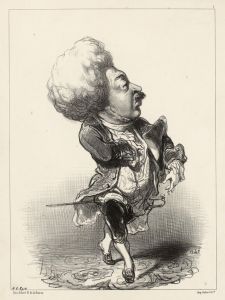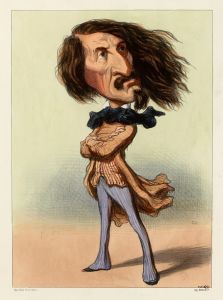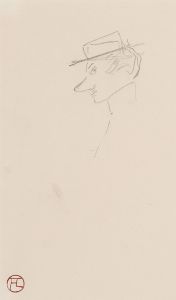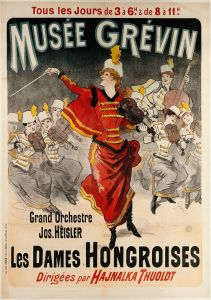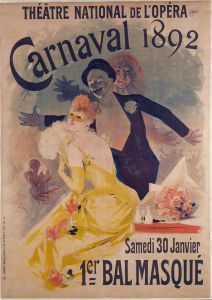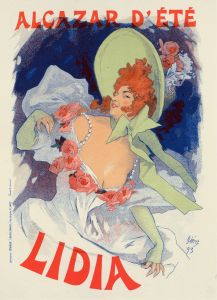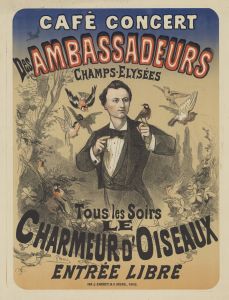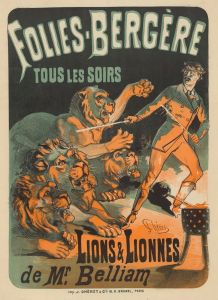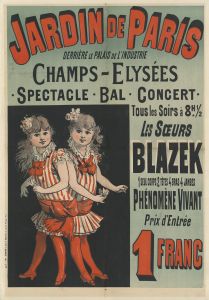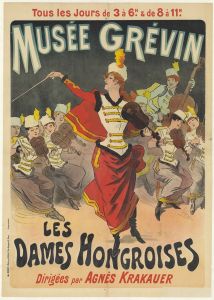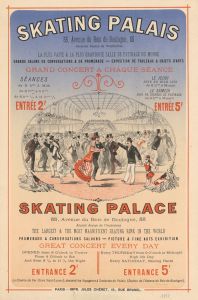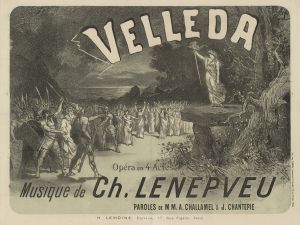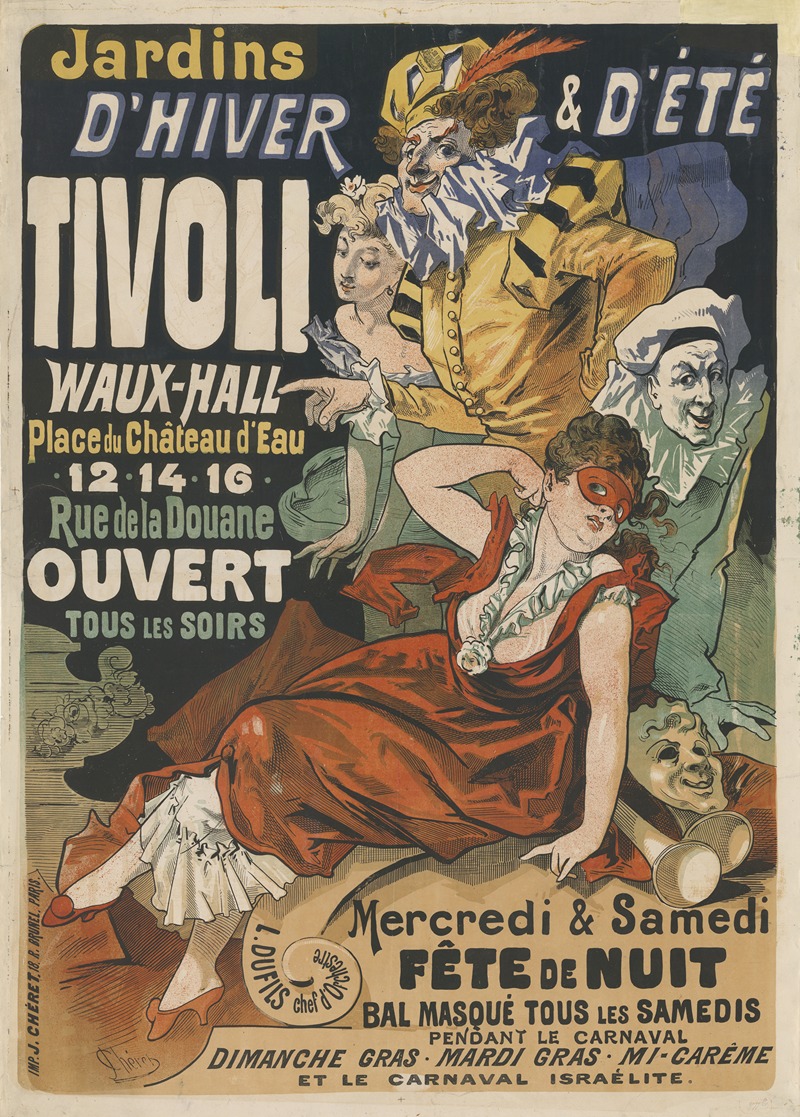
Jardins d’hiver & d’été. Tivoli Waux-Hall
A hand-painted replica of Jules Chéret’s masterpiece Jardins d’hiver & d’été. Tivoli Waux-Hall, meticulously crafted by professional artists to capture the true essence of the original. Each piece is created with museum-quality canvas and rare mineral pigments, carefully painted by experienced artists with delicate brushstrokes and rich, layered colors to perfectly recreate the texture of the original artwork. Unlike machine-printed reproductions, this hand-painted version brings the painting to life, infused with the artist’s emotions and skill in every stroke. Whether for personal collection or home decoration, it instantly elevates the artistic atmosphere of any space.
"Jardins d’hiver & d’été. Tivoli Waux-Hall" is a poster created by the French artist Jules Chéret. Chéret, often referred to as the "father of the modern poster," was a pivotal figure in the development of poster art in the late 19th century. Born in Paris in 1836, Chéret's work is characterized by its vibrant colors, dynamic compositions, and the joyful, often whimsical portrayal of subjects.
The poster "Jardins d’hiver & d’été. Tivoli Waux-Hall" was designed to promote the Tivoli Waux-Hall, a popular entertainment venue in Paris. The Tivoli Waux-Hall was known for its gardens, which were open to the public both in winter and summer, hence the title "Jardins d’hiver & d’été" (Winter and Summer Gardens). This venue offered a variety of attractions, including concerts, dances, and other forms of entertainment, making it a beloved spot for Parisians seeking leisure and amusement.
Chéret's poster for the Tivoli Waux-Hall exemplifies his signature style, which combines elements of Art Nouveau with a lively, almost theatrical sense of movement and color. The poster likely features a central figure or figures, often women, depicted in flowing garments and engaged in joyful activities, surrounded by lush, decorative elements that evoke the garden setting. Chéret's use of bright, contrasting colors and his skillful rendering of light and shadow would have made the poster eye-catching and effective in drawing the attention of passersby.
Jules Chéret's contribution to the world of advertising and art cannot be overstated. His innovative approach to poster design helped elevate the medium from mere commercial advertisement to a respected art form. By incorporating artistic techniques and aesthetics into his posters, Chéret paved the way for future generations of graphic designers and artists.
In addition to his work for the Tivoli Waux-Hall, Chéret created numerous other posters for theaters, cabarets, and various commercial products. His prolific output and the widespread popularity of his posters earned him significant recognition during his lifetime. In 1890, he was awarded the Légion d'honneur, one of France's highest honors, in recognition of his contributions to the arts.
Today, Jules Chéret's posters are highly regarded by collectors and art historians alike. They are seen as quintessential examples of the Belle Époque period in France, capturing the spirit and vibrancy of Parisian life at the turn of the century. "Jardins d’hiver & d’été. Tivoli Waux-Hall" remains a testament to Chéret's artistic vision and his ability to transform everyday advertisements into works of art that continue to be appreciated and studied.
In summary, "Jardins d’hiver & d’été. Tivoli Waux-Hall" by Jules Chéret is a notable example of the artist's work, reflecting his innovative approach to poster design and his significant impact on the field of graphic arts. The poster not only served its commercial purpose but also contributed to the cultural and artistic landscape of its time.





